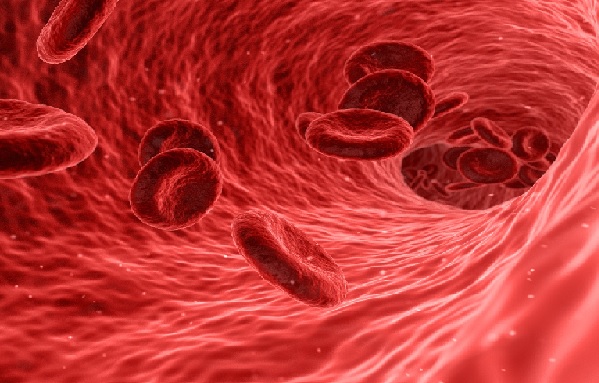
Download and print as a PDF (229kB pdf)
On this page
What is sepsis?
Sepsis is an emergency condition. It is caused by the immune system, which usually fights off germs, over-reacting to an infection. If sepsis is not recognised and treated quickly, it can damage organs such as the heart, lungs and kidneys and even lead to death.
Spotting the signs of sepsis early and getting the right treatment can prevent it from becoming serious.
How can I spot sepsis?
Be Aware
Sepsis can be hard to spot as the symptoms can be similar to other conditions such as flu or an infection. Sepsis can affect anyone, but as an adult you slightly more at risk if you:
- are elderly or frail
- have an impaired immune system from illness or medication (including chemotherapy)
- have had an operation in the last six weeks
- are pregnant
Do seek medical help if you, or someone else you know, have any of the following symptoms:
- S lurred speech or confusion
- E xtreme shivering or muscle pain. High or low temperature
- P assing no urine (not having a pee) in a day
- S evere breathlessness/fast rate of breathing
- ‘I feel very unwell’
- S kin is mottled or discoloured. This includes blue, grey, pale, or blotchy discolouration on the skin, lips or tongue. In brown or black skin this may be easier to see on the palms of the hands or soles of the feet.
Be Aware
Other symptoms may include a racing heart (fast heart rate) and low blood pressure.
Do seek urgent medical help if you suspect that you or someone else is unwell from sepsis by calling 999 or going to A&E.
If you are worried about an infection but do not suspect sepsis, call 111 or contact your GP.
What is the treatment for sepsis?
Recognising sepsis early means that we can treat it early and stop it developing into a life-threatening illness.
In hospital, sepsis is managed in the following ways:
- you will be monitored and reviewed closely to see how unwell you are and if you should be treated on a ward or in the High Dependency Unit (HDU) or Intensive Care Unit (ICU). The medical team may do tests to see where in your body the source of the infection is and what can be done to control it
- blood tests. These are to find out which organism, such as a bacteria, virus, or fungus, are causing sepsis and what having sepsis is doing to your body
- antibiotics. These are given as soon as possible, usually within one hour of recognising sepsis
- fluids. These are given to you through a drip (intravenously)
- oxygen. You may need to have oxygen through a facemask or a tube in your nose (nasal cannula)
- measurement of how much fluid you are having and how much of it you are urinating (peeing) out. This tells us your “fluid balance”
What are the key facts about sepsis?
- 48,500 people a year die in the UK from sepsis
- Sepsis kills more people each year than breast, bowel and prostate cancer put together
- Spotting sepsis and treating it early will help to save lives and enable many people to make a full recovery
Be aware
If you are feeling very unwell and think that you have an infection:
- ask ‘could this be sepsis?’
- if you think you may have sepsis, do seek healthcare advice urgently by calling 999 or going to A&E
Where can I find out more about sepsis?
The advice in this leaflet is based on information produced by the Sepsis Trust. You can find further information about sepsis on their www.sepsistrust.org.
The information here is for guidance purposes only and is in no way intended to replace professional clinical advice by a qualified practitioner.